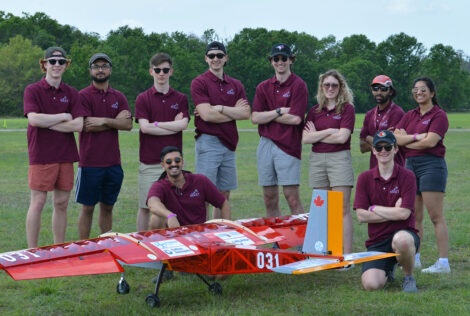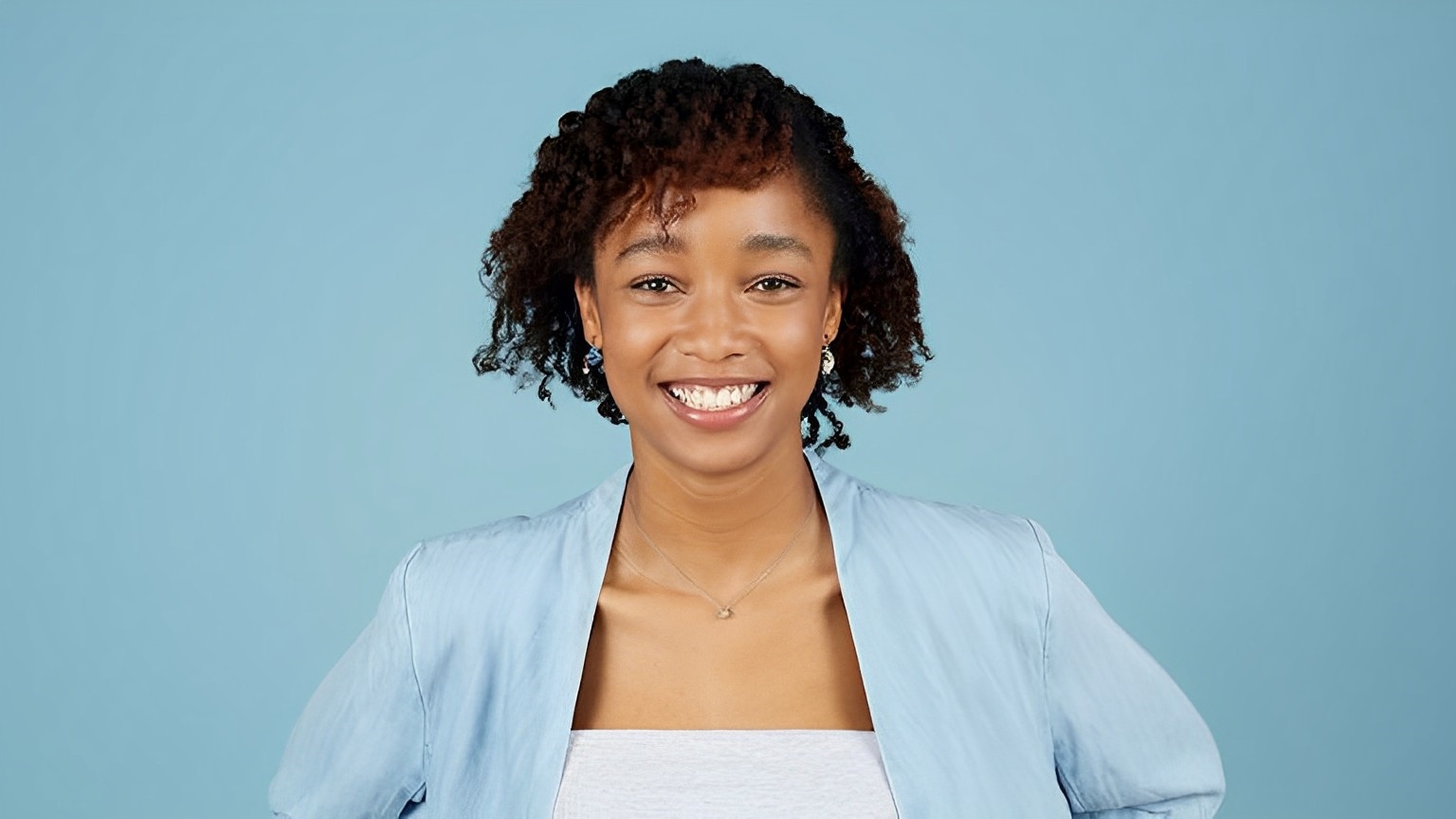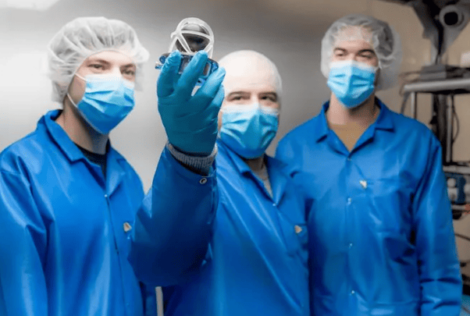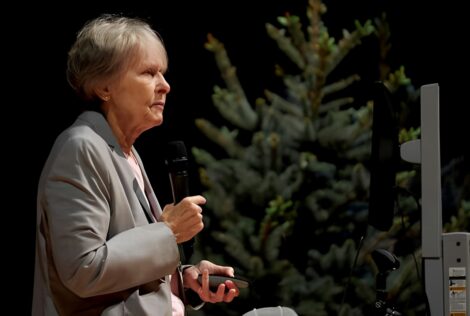

An inspirational teacher helped launch her on an astonishing science journey. Next stop: Caltech’s Space Challenge.
Space may seem intangible, but its real-life challenges are the stars that Arielle Ainabe wishes upon.
Of course, she loves science fiction. And is fascinated to look upward and imagine working on something that could end up in that inky blackness.
But the challenge of the work is really the biggest attraction, she says.
Space has always been really interesting to me because it’s a new frontier. The design requirements for space are just so different compared to other types of engineering.
Her ability to navigate the cosmos will face the test later this month. The third-year engineering physics student has been picked for the prestigious Caltech Space Challenge – a five-day design challenge for 32 of the world’s brightest aspiring space engineers.
The mission: design a probe to travel to Saturn’s largest moon Titan and collect samples to bring back to earth.
“We’ll be planning the mission from start to finish,” she says. “I thought it would be really cool to design a space mission from conception, which is something I’ve never been a part of.”
Ainabe, one of two McMaster engineering students named as Schulich Leaders in 2019, has been on shooting star mode for years now. But she credits her Grade 7 math and science teacher Ms. Yu for helping with her launch.
“She was the first teacher who introduced me to science fairs. She helped me see that I could do science on my own. I started doing projects outside of school and going to competitions, and that was really rewarding for me.”
As an Oakville high school student, she was chosen three times to represent Canada at the International Science and Engineering Fair. In 2018, her project on advanced radiation protection in space won recognition from NASA.
The science fair circuit also introduced her to McMaster’s NEUDOSE mission, a project to design and build a miniature cube satellite to measure the amount and properties of potentially dangerous radiation in space.
She’s now a member of NEUDOSE’s payload group electrical sub-team, working primarily on circuit board design.
“I really like the technical aspect of it. It’s interesting to see how detailed you have to be for space applications and it’s much more nuanced than I thought.”
Ainabe says she learns best through hands-on experiences that let her see classroom theory work in the real world.
“What I love about experiential learning is just taking what I learned and playing around with it,” she says. “It’s something that people do a lot in industry, but we just don’t have the time or resources to do in a three-hour block at school.”
An internship with spacecraft hardware manufacturer Sinclair Interplanetary last summer gave Ainabe a foot into that industry door, although she’s not yet sure where her future lies.
While leaning toward aerospace engineering, she says she’s still keeping her options open and loves the wide-ranging approach of engineering physics, along with the camaraderie of the course’s smaller classes.
She was inspired to see that women made up at least half of the workplace during her internship, with many of them taking very different paths to success. She also received encouragement.
“A woman told me, ‘No matter what anyone says, you belong in this industry, even if you don’t feel like it,’ she recalls.
“That was really helpful because as an intern, I didn’t have that much experience compared to the vast amount of experience everyone had there. So, I really appreciated that.”
She tries to offer that same encouragement to younger students, connecting with people through LinkedIn and direct messages to answer questions about how she’s achieved what she has.
“I hope I’m a friendly face that someone can just come and ask a question to.”
And while she may not have mapped out her career’s exact mission, she’s certain of her big picture goals.
“I hope that 5 or 10 years from now I’ll be working on a problem that inspires me and where I learn new things every day – or at least every week – and that I’m constantly trying to build my skills and understanding of the world while also trying to help other people.”


